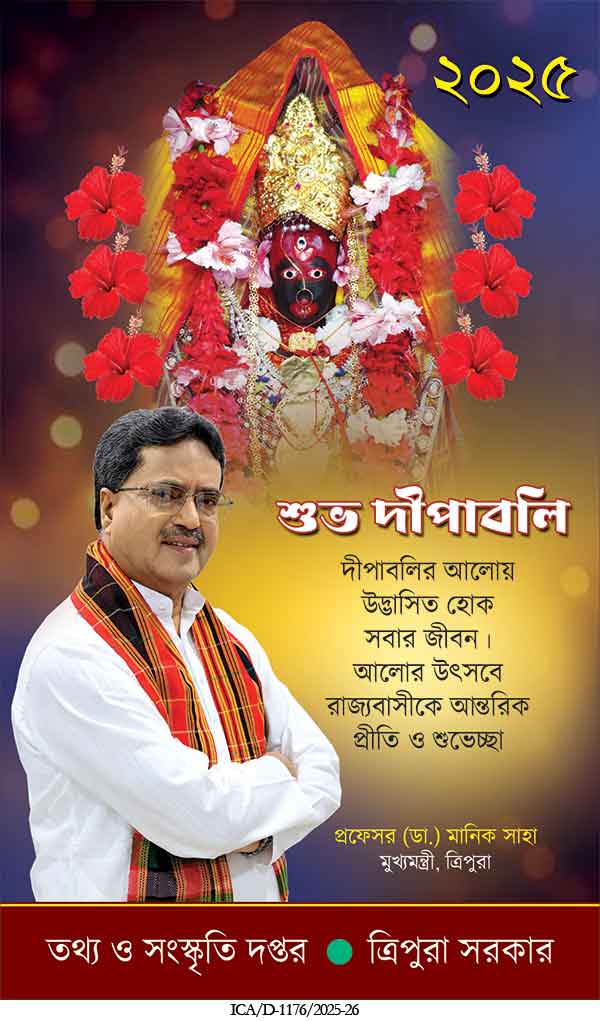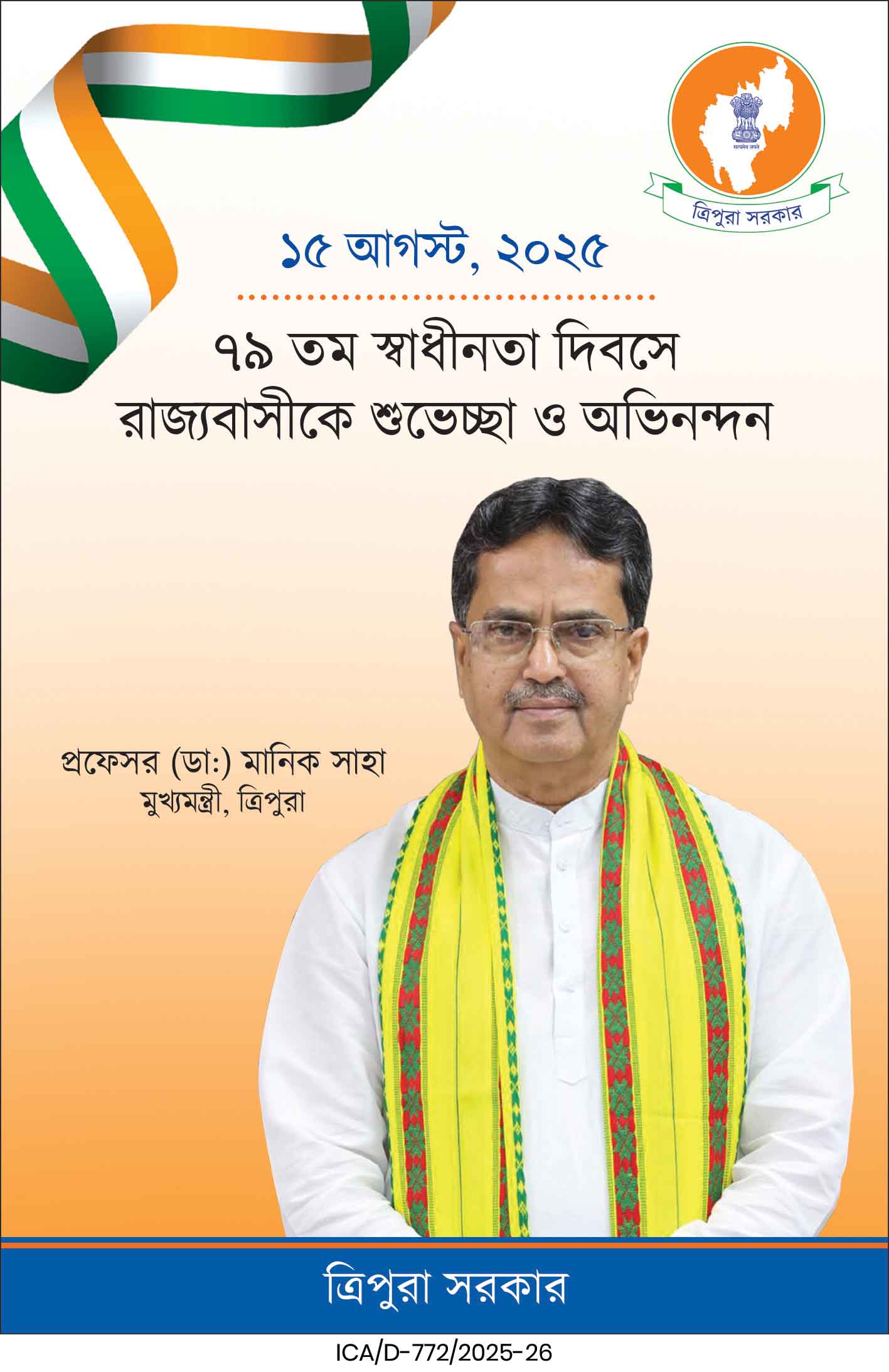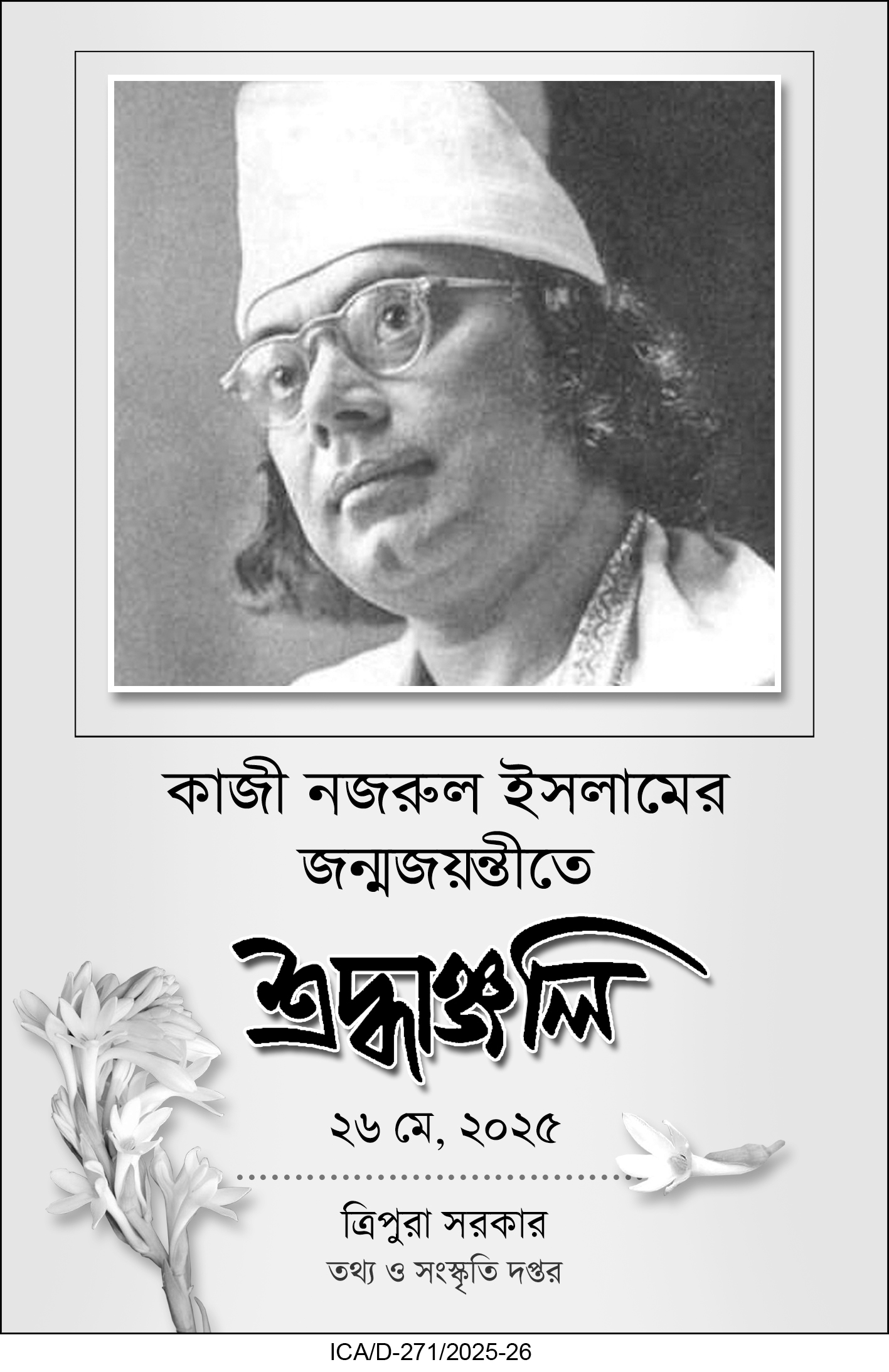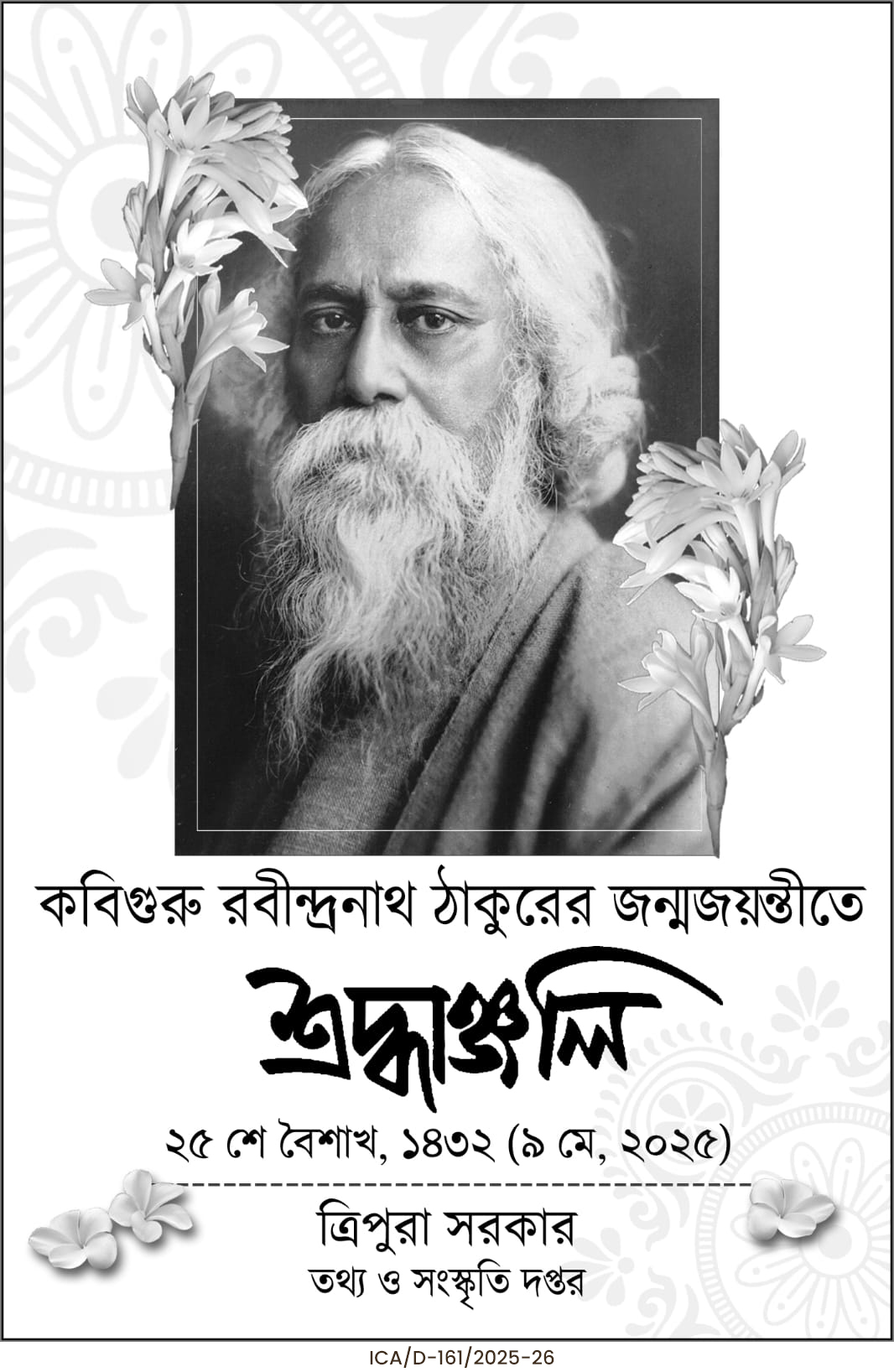The United Naga Council (UNC) has urged Manipur Governor Ajay Kumar Bhalla to raise concerns with the Centre over the abrogation of the Free Movement Regime (FMR) and border fencing along the India-Myanmar border. The UNC warned of agitation, while Nagaland CM Neiphiu Rio also opposed the Centre’s decision.
The ongoing debate over the Free Movement Regime (FMR) and border fencing along the India-Myanmar border has gained fresh momentum after the United Naga Council (UNC), an apex body representing the Naga community in Manipur, met Governor Ajay Kumar Bhalla on Saturday. The UNC delegation urged the Governor to convey their concerns to the Union government regarding the controversial decisions on cross-border movement and fencing along the 1,643-km-long frontier.
According to officials at Raj Bhavan, a 10-member UNC delegation, led by its president Ng. Lorho, discussed the implications of the Centre’s decision to abrogate the FMR and construct a border fence. They argued that these steps threaten the cultural, social, and economic ties of Nagas living across the border in India and Myanmar. The Council requested the Governor to ensure that the Centre reconsiders its approach and takes local sentiments into account.
“The Governor gave a patient hearing to the delegation and informed them that the matter has already been taken up with the Ministry of Home Affairs (MHA),” said a Raj Bhavan official. He added that the Governor urged the delegation to maintain peace and exercise restraint while constructive dialogue with the Centre continues.
UNC’s Stand Against FMR Abrogation
The UNC has consistently opposed what it calls the “unilateral abrogation of the Free Movement Regime.” The arrangement, which earlier allowed residents living within 16 km of either side of the India-Myanmar border to travel without a visa, was scrapped by the MHA in 2023. In its place, the Centre introduced a system requiring border residents within 10 km to obtain special passes for regulated movement.
UNC leaders argue that this decision directly affects the lives of Naga families divided by the border, undermining their ethnic, cultural, and traditional ties. The Council has announced agitation plans against the Centre’s move and has resolved to carry forward its protests irrespective of whether the government initiates formal dialogue.
The Saturday meeting with the Governor came after the expiry of the 20-day ultimatum earlier served by the UNC to both the Centre and the state government. The ultimatum had sought a rollback of the FMR abrogation and a halt to border fencing activities, but with no response from authorities, the UNC is pressing forward with its agitation agenda.
Regional Leaders Voice Concerns
The concerns raised by the UNC resonate across Nagaland and other northeastern states. On Friday, Nagaland Chief Minister Neiphiu Rio, during his Independence Day address in Kohima, reiterated his opposition to the Centre’s decision to restrict border movement. Rio urged the Union government to adopt a more flexible approach, warning that the decision would strain long-standing ties between communities on both sides of the international border.
Rio pointed out that the restriction of movement from 16 km to 10 km, and the limitation to nine designated crossing points, would severely disrupt the everyday lives of people who depend on cross-border visits for social, cultural, and economic reasons. He emphasized that the Nagaland Assembly had earlier unanimously resolved to send an all-party delegation to meet the Union Home Minister to present the “sentiments and resentment” of the Naga people.
Opposition Beyond Nagaland
Not just Nagaland, but Mizoram too has joined the opposition against fencing and the scrapping of the FMR. Political parties, civil society organizations, and state governments across Mizoram and Nagaland have warned that the Centre’s decisions would erode traditional linkages and deepen discontent in border communities.
For decades, Nagas, Mizos, and other communities have lived along the porous India-Myanmar border, maintaining ethnic, social, and economic interactions. Leaders argue that sealing the border will sever these ties, alienating communities already living in sensitive and conflict-prone regions.
Centre’s Perspective
The Ministry of Home Affairs, however, defends its decision as a necessary step to secure the border, citing smuggling of arms, narcotics, and contraband as major threats. The MHA has earmarked ₹31,000 crore to erect fencing along the entire 1,643-km border shared by Arunachal Pradesh, Manipur, Nagaland, and Mizoram.
Officials argue that fencing and stricter cross-border regulations are vital for national security, especially in light of ongoing instability in Myanmar. They also maintain that the new pass system is designed to balance security concerns with the needs of border residents.
The Road Ahead
As the Centre pushes forward with its fencing project and new movement regime, opposition from northeastern states and community groups like the UNC is expected to intensify. With both sides unwilling to back down, the issue could evolve into a larger political challenge for the Union government, which has to balance national security imperatives with the preservation of cultural and ethnic ties across borders.
| Also Read: CM Manik Saha: Tripura achieves major success in Drug Control |
For now, the Governor of Manipur has assured the UNC that the matter is under discussion at the highest levels. Whether that translates into policy adjustments or further unrest remains to be seen.





